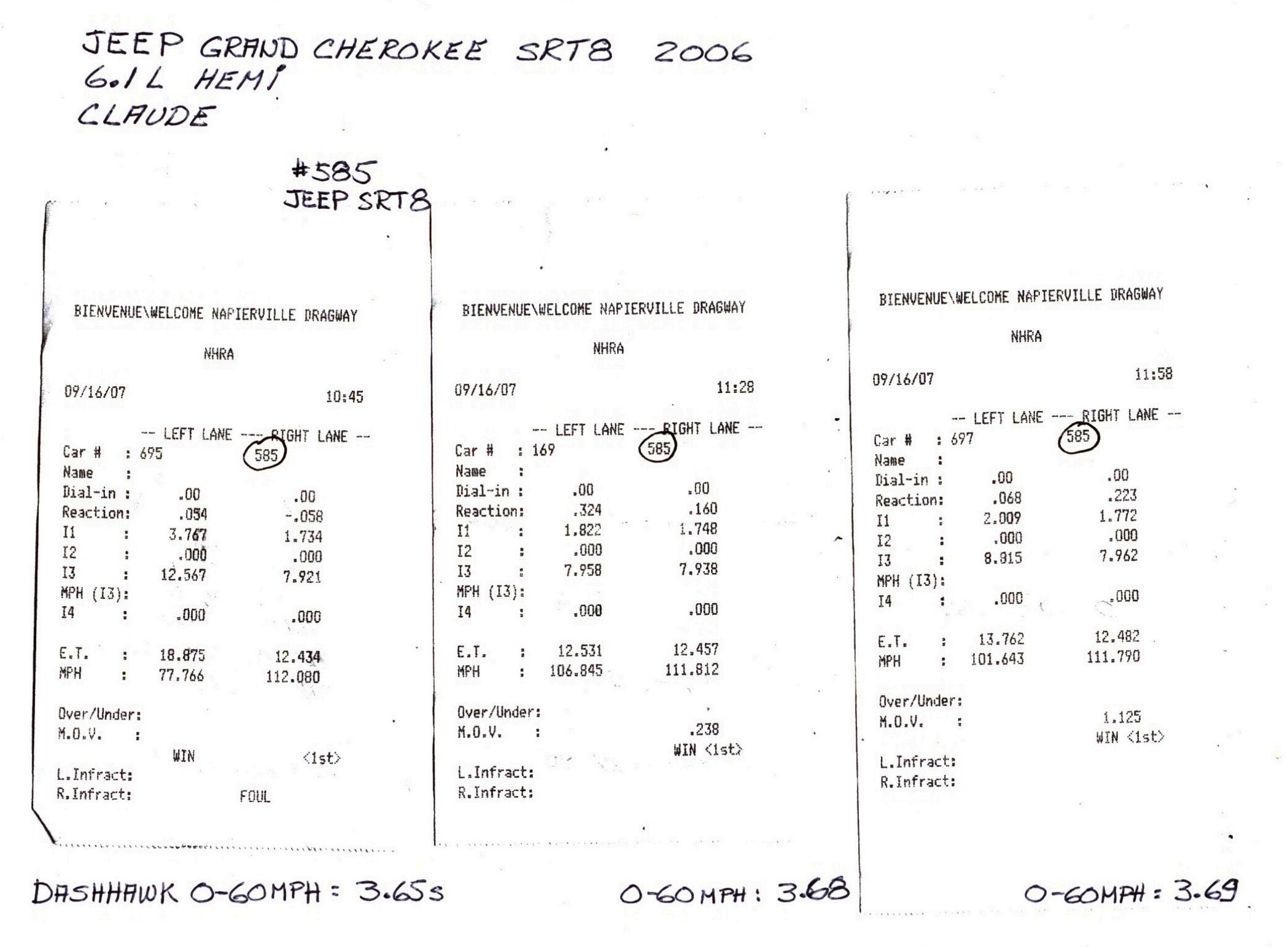
Fabrizio Costantini for The New York Times
A DaimlerChrysler plant in Windsor, Ontario. Contract talks begin this summer and the company wants to slow the growth in labor costs.
Published: May 27, 2005
WINDSOR, Ontario, May 25 - Overtime is a familiar word to Chrysler workers in Canada, who build the Chrysler 300 sedan, the flagship of Chrysler's recent revival, at a plant near Toronto. And in this city, across a bridge from Detroit, they build a briskly selling crop of minivans known for their two rows of seats that fold flat.
So, the stakes are high for Chrysler in summer contract talks with the Canadian Auto Workers union. Executives of Chrysler, a division of the German automaker DaimlerChrysler, contend that their Canadian workers are fast becoming uncompetitive in the global economy. While Canada's nationalized health care helps Chrysler undercut labor costs at its plants in the United States, Canadian workers have in the last three years become more expensive than workers at nonunionized plants in the United States run by Toyota Motor, Honda Motor and other Asian automakers. Chrysler's Canadian workers are aware of both the competitive burdens that the company faces as well as its recent spurt of success. By contrast, both General Motors and the Ford Motor Company are struggling to keep customers and hold onto profits.
"Everyone basically wants to keep their jobs, that's the biggest thing," said Dean Getty, a 37-year-old who works in the paint shop of Chrysler's Windsor plant. "We make good money and we have good benefits. You can't ask for much more."
But Denis Caza, a 58-year-old millwright, wants more. Chrysler's sales in the United States, where the vast majority of Canadian-built vehicles are sold, are up 6.6 percent this year.
"To me, they should be able to get more than they got last time because they have three hot sellers now up in Bramalea," he said, referring to the Toronto-area plant that produces the Chrysler 300 sedan, the Dodge Magnum and the Dodge Charger.
"If you don't get any marbles now, you won't be able to give any back later, you know what I'm saying," he added, before heading to his car, blue Thermos in hand, to beat the traffic streaming from the plant.
Chrysler executives say a series of generous contracts granted to Canadian workers have offset the roughly $4-an-hour advantage over the United States resulting from Canada's health care system. One factor is that Canadian Chrysler workers get roughly 11 weeks of paid time off, compared with more than 8 weeks off for an American Chrysler worker and more than 7 weeks for workers at the nonunionized American plants of foreign automakers.
Chrysler contends that Canada should be compared with the plants of the Asian automakers because they are the fastest-growing competitors. The company would like overall labor costs to grow by no more than 2.5 percent annually in the new contract, compared with 5.8 percent in the last contract.
"We need to craft an agreement that slows down the growth of these costs and contributes to the long-term viability of the auto economy in Canada," Dave Elshoff, a Chrysler spokesman, said.
Buzz Hargrove, president of the Canadian Auto Workers union, is unmoved and says the financial woes of G.M. and Ford have less to do with labor costs and more to do with a trade policy too favorable to Asian automakers. He said he would like his workers to get even more time off and richer pension benefits.
"My advice is not to get their expectations too high," he said in an interview this week. "The Big Three have some serious problems but they aren't problems we can resolve in bargaining. We can work for nothing, and they'd still have the problems."
Jim Stanford, the economist for the Canadian union, said much of the shift since the last contract was simply due to the strengthening of the Canadian dollar, which has moved from about 63 cents on the American dollar in 2002 to 80 cents now. "In a way," he said, "they should be telling this to the Bank of Canada."
Last year, Ontario passed Michigan for the first time to become the largest auto producing state or province in North America, though much of the increase has come from nonunionized plants producing brands like Honda. Still, the Canadian union covers 39,000 active workers, a fraction of the roughly 280,000 workers covered by the United Auto Workers union, which negotiated a separate four-year contract in 2003. Both unions pick out one of the three companies, negotiate a contract with it and use that as the pattern for the others. The talks open in mid-July.
Posturing ahead of labor talks is standard procedure, of course, and Canadian auto workers seceded from the United Workers union in 1985 because they wanted to take a harder line.
But the Canadian talks follow the recent downgrade of both G.M. and Ford by Standard & Poor's, which put their debt rating below investment grade for the first time.
In the 2003 talks with the U.A.W., that union's president, Ron Gettelfinger, struck an unusually conciliatory tone with the Big Three, indicating that the union and the American automakers were increasingly seeing companies like Toyota and other Asian automakers as their main adversaries. Now, G.M. is pressing the U.A.W. to take the unusual step of reopening contract talks on health benefits.
Gary Chaison, professor of industrial relations at Clark University in Worcester, Mass., said the C.A.W. "can't ignore the reality of the industry."
"The C.A.W. was formed as an anticoncession breakaway," he said. But "they can't argue with the overall trends. It's very easy to make a case that it's time to break from the past."







 Late last year we posted on
Late last year we posted on 













